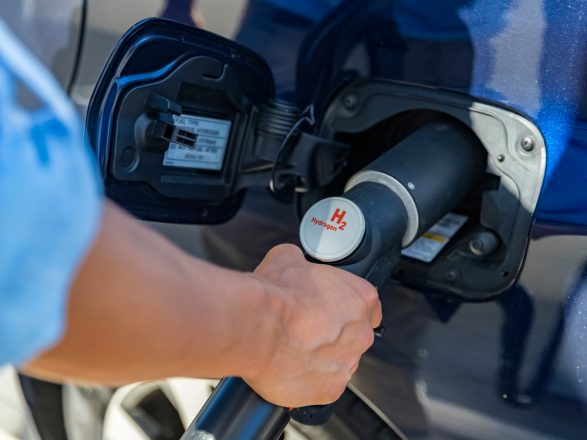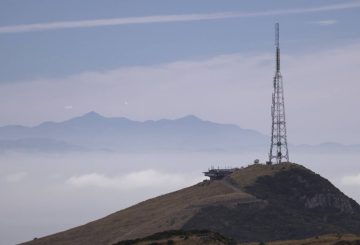ニュージーランド初のグリーン水素製造プラントが正式に製造を開始しました。タウポにある1.5MWのグリーン水素製造プラントは、ハルシオンパワー(Halcyon Power)社が設立したもので、近隣のモカイ地熱発電所で発電した電力を使用しています。ハルシオンパワーは、トゥアロパキ・トラストと日本の大林組が50%ずつ出資する合弁会社です。
ハルシオンパワーのプロジェクトマネージャーである稲垣彩氏によると、現在、発電所の試運転は終了しているとのこと。今後、試運転後のデューデリジェンス(適正な事前調査)が行われ、2021年末までに完了する予定です。
このグリーン水素製造プラントが、2018年から開発を進め、2020年に着工したのは既報の通りです。トゥアロパキCEOのスティーブ・マリー(Steve Murray)氏によると、このプラントは2022年1月までに国内での水素の卸売を開始し、初年度には約180トンを製造する予定であるといいます。長期的な目標は、輸送、貯蔵、燃料補給を含む完全な水素サプライチェーンに貢献することです。
Murray氏は、グリーン水素は化石燃料だけでなく、産業プロセスで使用される石炭由来の水素に対しても、より持続可能な代替手段を提供するものだと説明しました。「ハルシオンパワーは、環境を保護し、代替再生可能エネルギーの研究開発を支持するという当社の価値観に合致しています。」
「このプロジェクトは、ニュージーランドの脱炭素化を支援する一方で、輸送用燃料としての水素と水素に関連する知的財産を輸出する可能性を開くものです。」 と、Murray氏は付け加えました。
トゥアロパキ議長のジーナ・ランギ(Gina Rangi)氏も、このグリーン水素製造プラントが、2050年までに温室効果ガスの純排出量をゼロにするという、ニュージーランドの目標達成に向けた重要な一歩であると述べています。
株式会社大林組の代表取締役社長である蓮輪賢治氏は、動画収録前の挨拶で、「トゥアロパキとともに、ニュージーランドにおける生産、輸送、用途にまたがる水素サプライチェーンの構築を検討し、ニュージーランドのグリーン化に貢献します」と述べました。
情報元:Scoop





























































